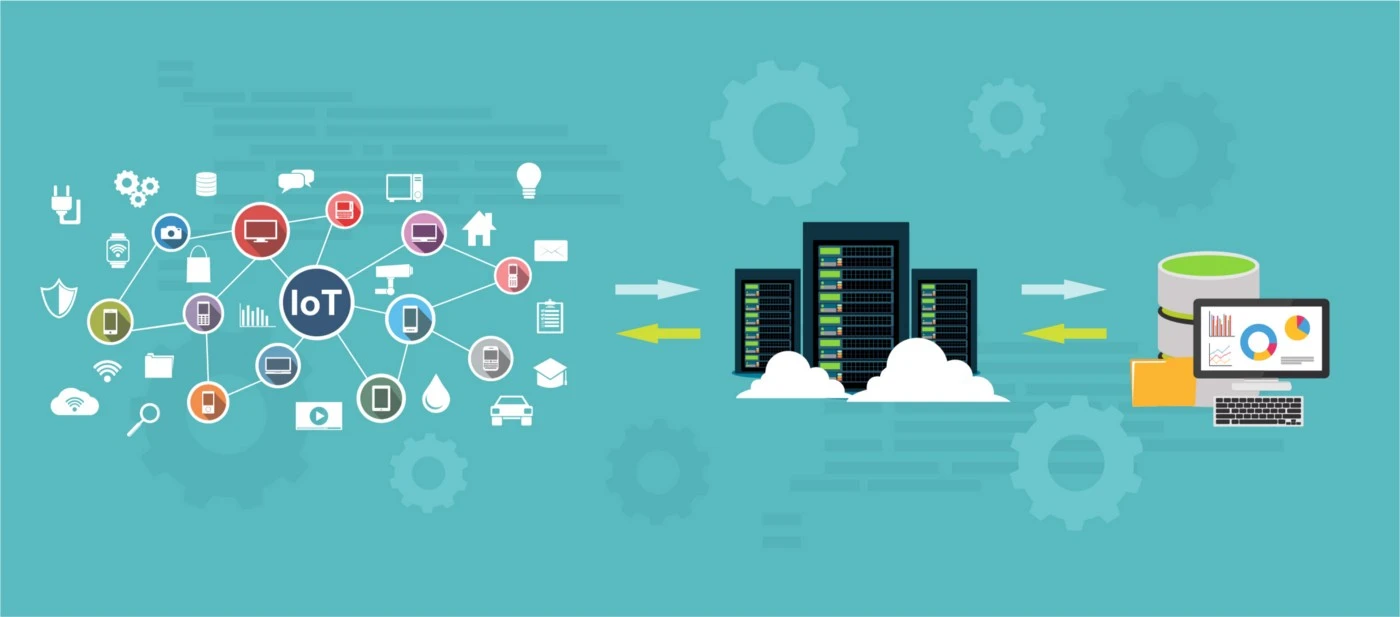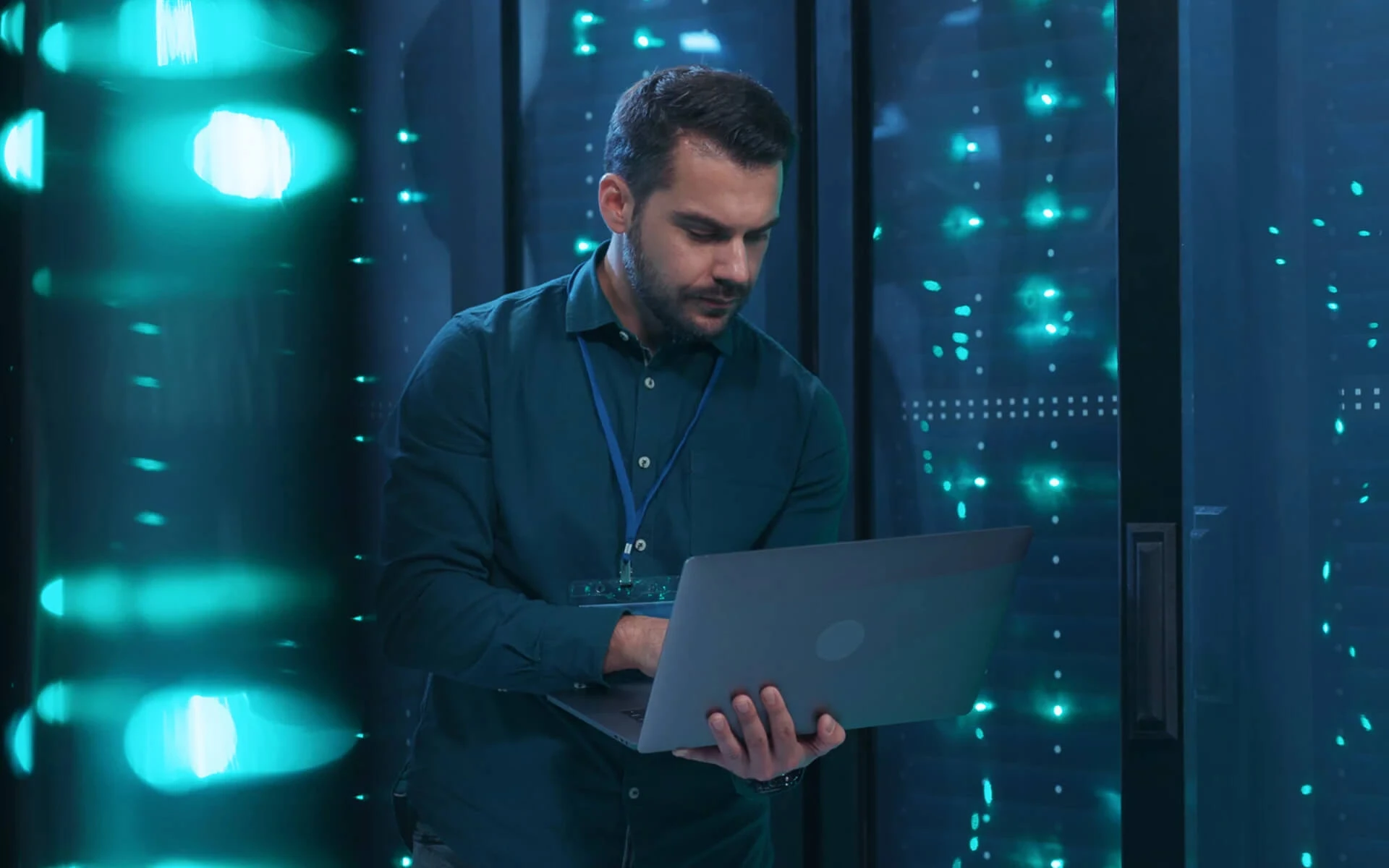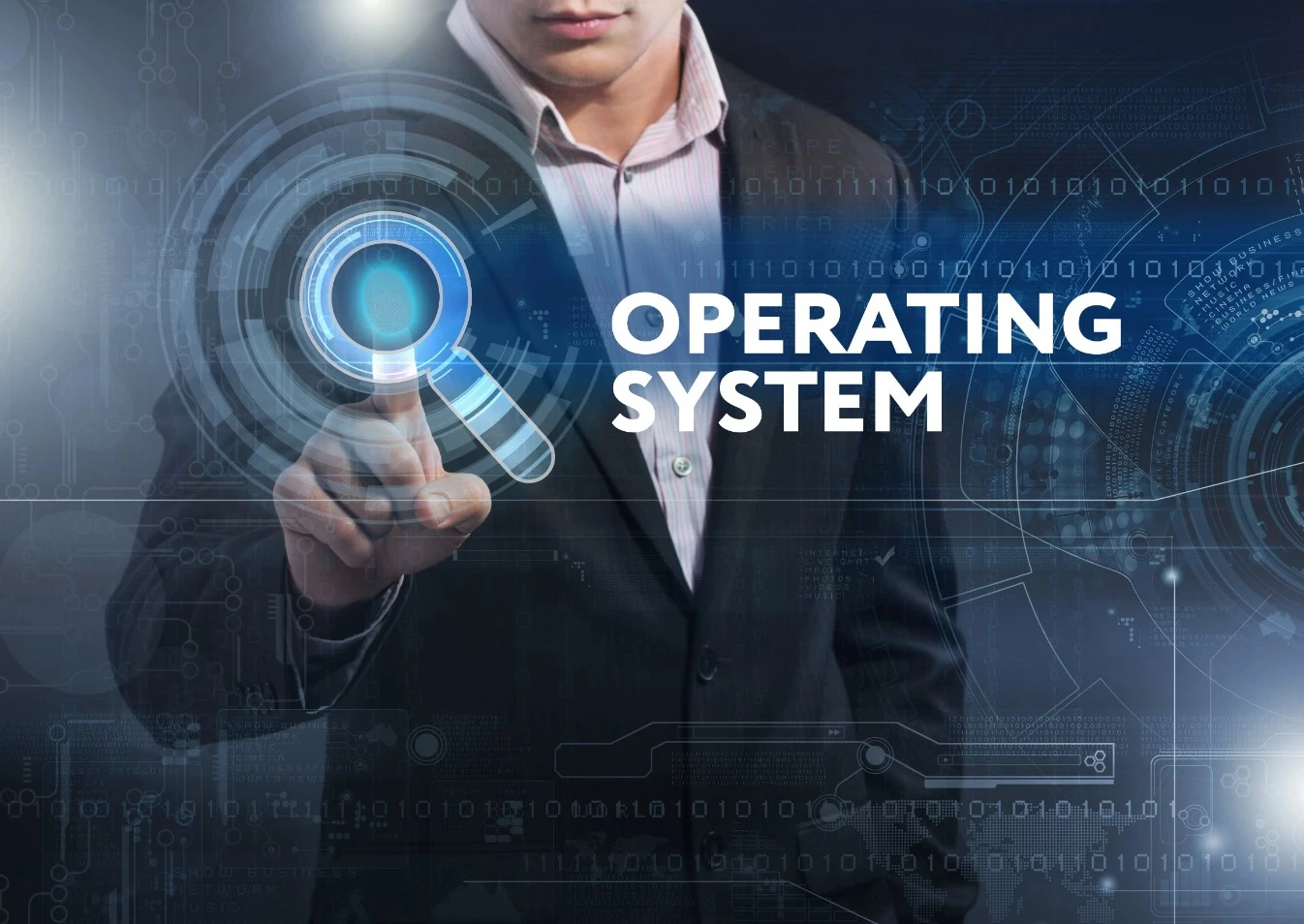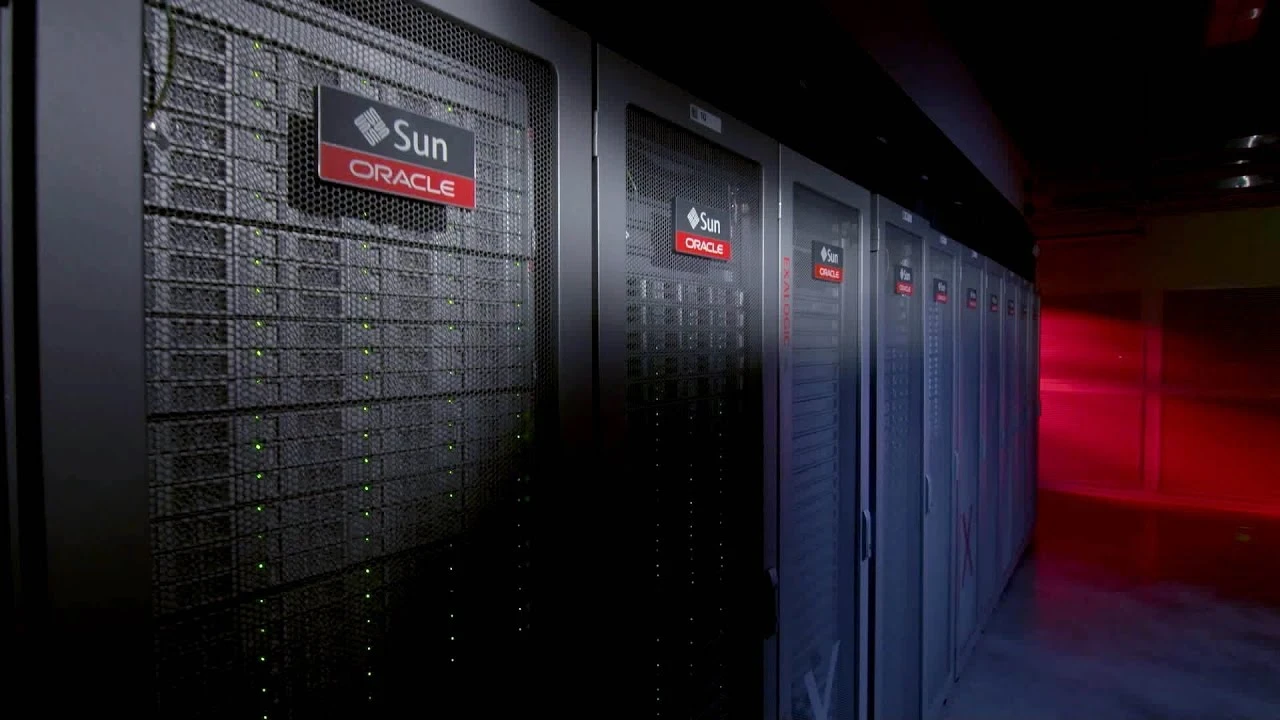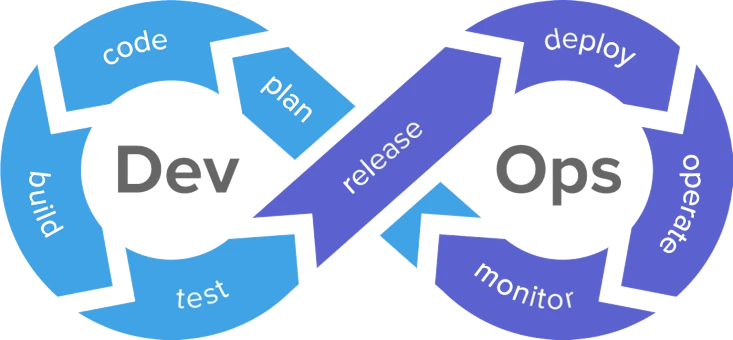Topics
Introduction to DevOps Leadership
What is Leadership?
What does it mean to lead?
Key Principles of DevOps
Review: What is DevOps?
The DevOps Full Stack
Key Principles of DevOps
15 Essential DevOps Practices
Leveraging Technology & Automation
Leading the Organization through Transformation
Lewin’s Model for Change
Continual Improvement
A Clear 20/20 Vision for Transformation
The 20/20 Change Model
Clarifying & Aligning the DevOps Transformation to Value Delivery
Establish the need for urgency for DevOps
The IT Value Delivery Problem
Drivers of Change
Technology Adoption & Change
Complexity Creates Fragility & Debt
The Need for Standardization
Standardization vs. Complexity
Gleicher’s Formula for Change
Clarifying & Aligning Business Objectives
Review: What is Business Value?
What Happens Without Value Alignment?
The Importance of True North
Establish True North Values & Principles
Defining Mission vs. Vision
Building a True North Alignment System
Example of Business Objectives
The Planned Enterprise Backlog
Unplanned Work & the Team Backlog
Sources of demand
Building Visibility into All Work Types
Case Study of True North
Planning & Approaching the DevOps Transformation
Creating a Vision & Strategy for Transformation
The importance of vision
The evolution of a DevOps transformation
Bi-Modal or Variable Speed IT
Patterns for scaling DevOps Teams
Communities of Practice to Bridge Silos
Clarifying your current state
Systems Thinking
Iceberg Model
Example of Current state
Current State Assessment
Example of Future state for the DevOps transformation
Mental models and structures for DevOps
Identifying & Influencing the Vital Stakeholders
Map the critical stakeholders in the DevOps transformation
The stakeholder management process
Key considerations when identifying different groups of stakeholders during DevOps transformation
Ways to overcome resistance and influence critical stakeholders to participate fully in developing the vision and strategy for DevOps in your organization.
Estimating Stakeholder Support
Engaging & Implementing the DevOps Full Stack
Leading a Culture of Self-Organized, Cross-Functional Teams
Breaking Down the Wall of Confusion
Pathological culture, Bureaucratic culture and generative culture
Task Specialization vs. Cross-Functional
The importance of cross-functional teams
Enabling Self-organization
Agile Scrum Teams
Agile vs. DevOps Teams
Leadership and Team Authority
The importance of balancing generalists and pure specialists within DevOps teams
Phases of evolution in DevOps teaming
The structure of a functional silo with platform and product teams
Teaming Changes
Cultural and Structural Changes
Trust-Ownership Model
Knowledge and Skills Planning
Knowledge and Skills
Workforce & Talent Management
Skills & Knowledge Matrix Development
Published IT competence frameworks: ECF and SFIA
Gathering, Broadcasting & Implementing Feedback
Inputs for Identifying the Future State
Value as the VOC & CTQ
Measuring Critical to Quality
Variation Indicates Control
Customer Engagement Roles - Delivery
Product/Service Owner Considerations
Role of the Relationship Manager
Engagement Roles & Build
Enabling Flow Across the Value Stream
Complexity Impacts Flow & Time
The Three Types of Lean Work
A Strategic Perspective on Standardization
Complexity & Impact of Unplanned Work
Value Stream Improvement Phases
Value Stream Mapping
Waste in a Process
Metrics - What Should It Measure?
Leader's Use of Visual Management
Examples of Visual Management
Kanban with Scrum (“Scrumban”)
Making Unplanned Work Visible
The importance of creating common communication channels
Communication & Transparency Solutions
Communication Considerations
Breaking Work into Iterations to Accelerate Learning & Experimentation
Agile vs. Waterfall Project Management
Iterative Product Management
The Pillars of Agile & Scrum
Scrum - A Leadership Perspective
Enabling the Shift Left with Agile XP
Agile XP Practices
Visualizing Velocity Improvement
Leadership for Continuous Delivery
Requirements for Automation
Continuous Delivery
Applying Continuous Delivery at Scale
Continuous Testing
Component Testing
Subsystem or Application Testing
End-to-End enterprise system testing
Isolated feature branch
Continuous Integration
The importance of Continuous Improvements
Trunk Management & Gated Commits
Release & Deployment Cadences
Trunk Management & Release Strategies
Blue-Green Deployment
The importance of understanding the capabilities and role of each tool in the DevOps toolchain
Features of DevOps Toolchain
Orchestration & Integration
Advantages and disadvantages of Open Source software
The Larger Tool Ecosystem
Automation & Tooling Strategies







